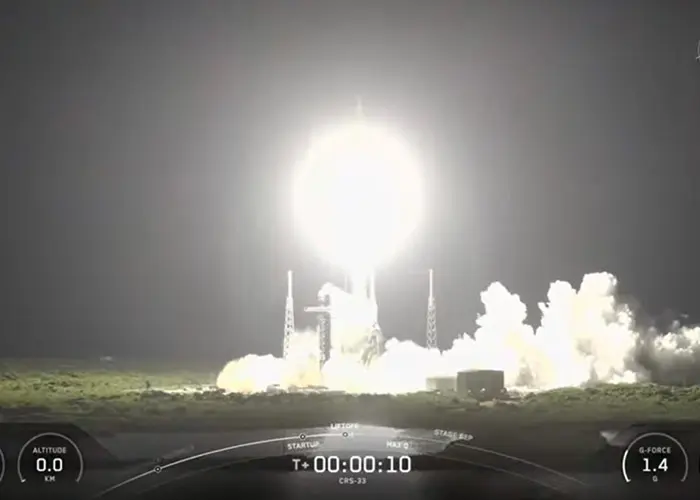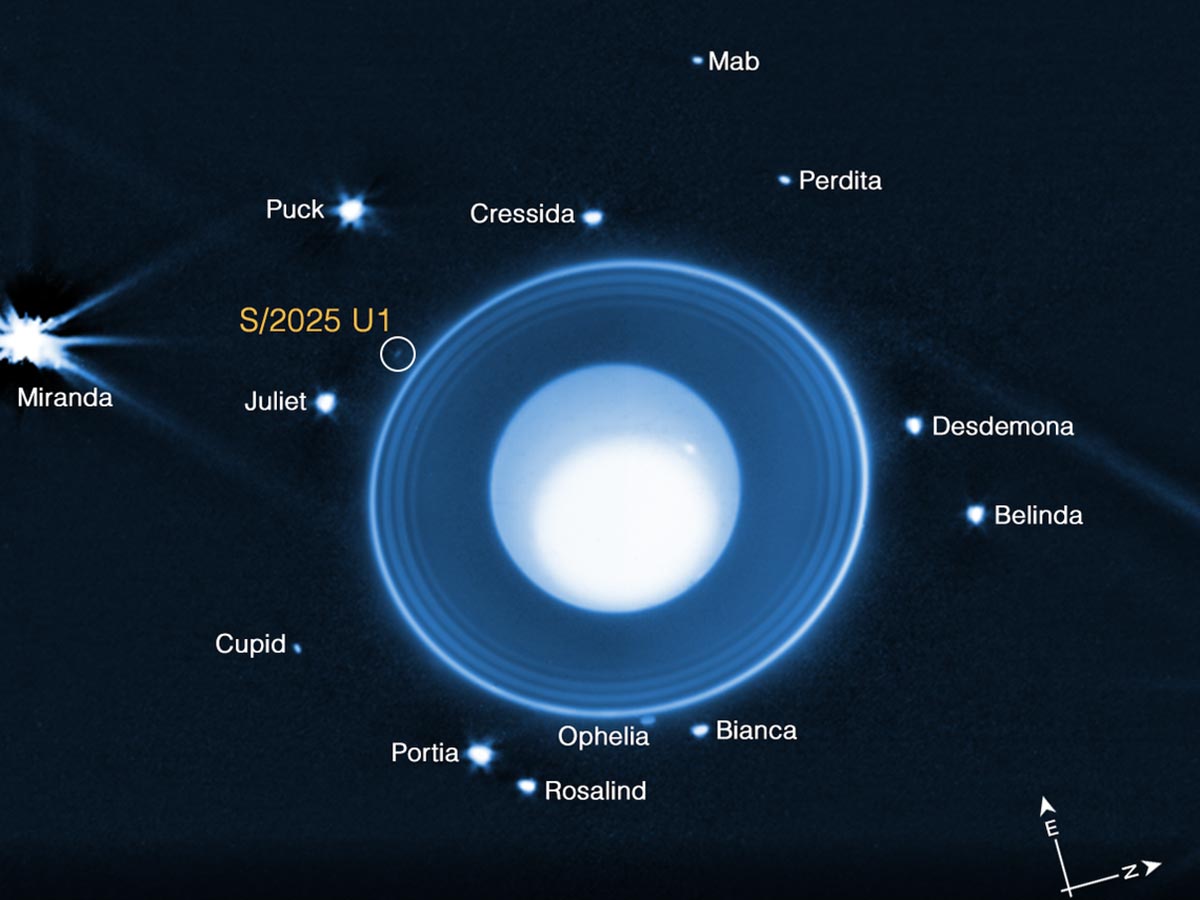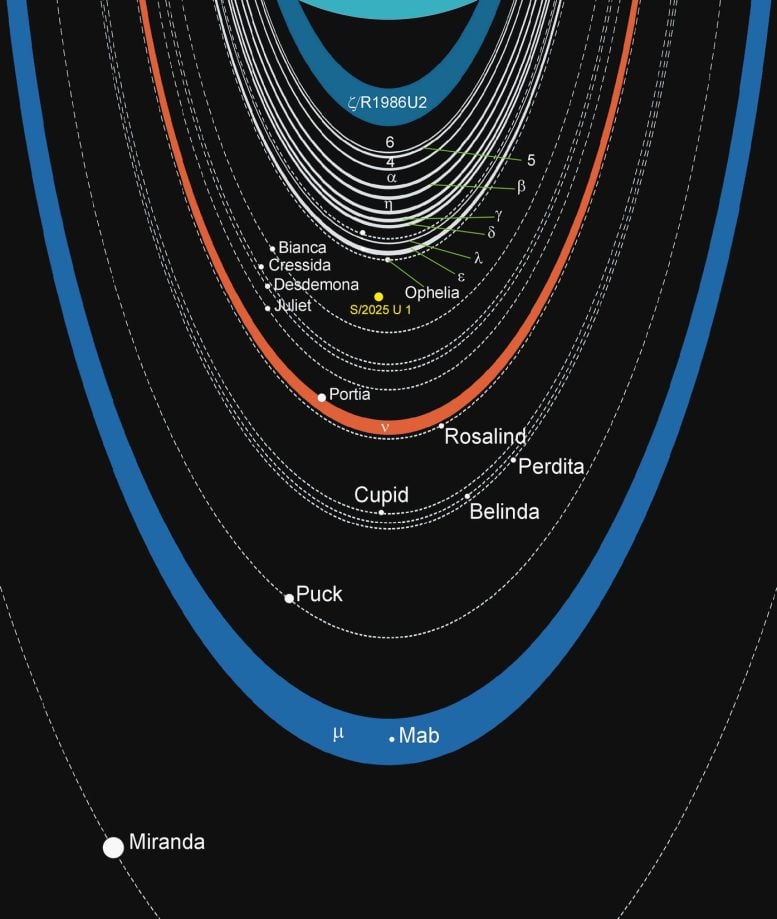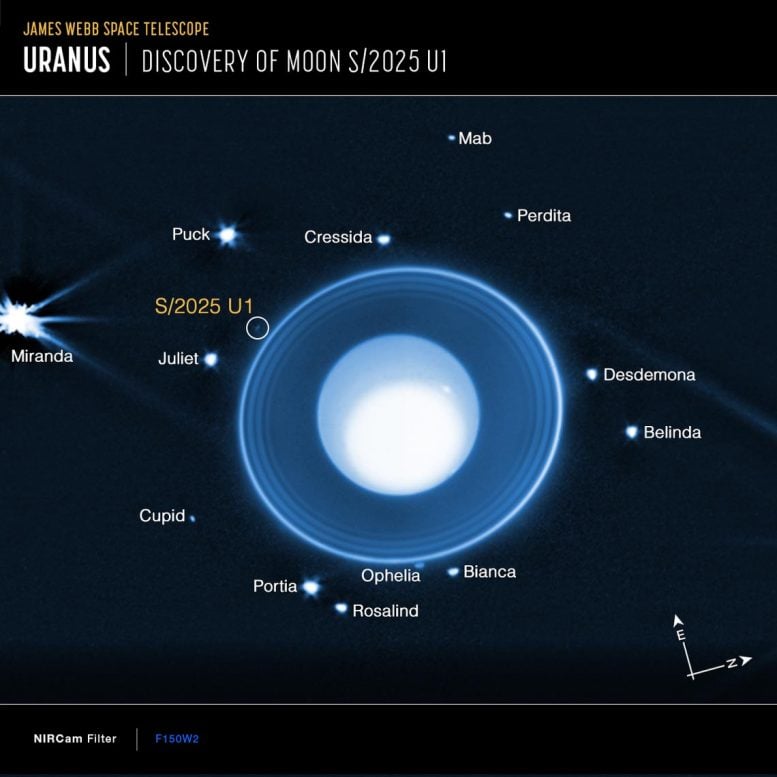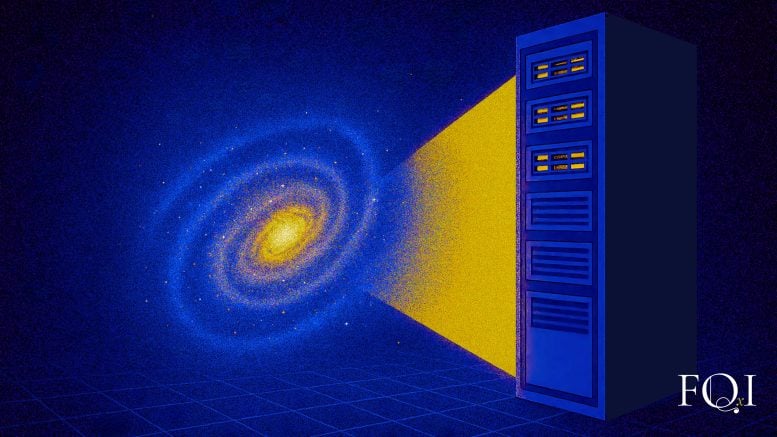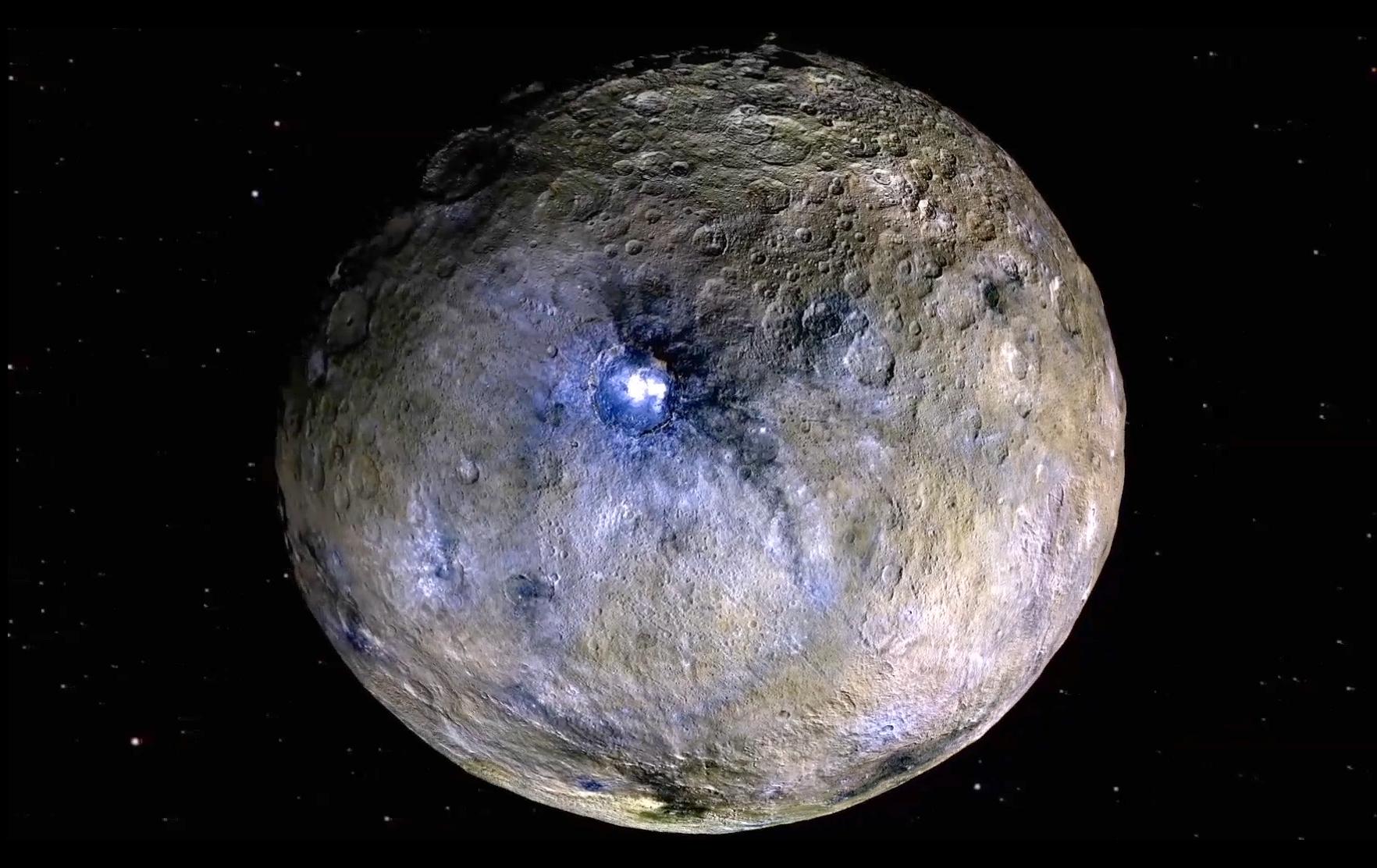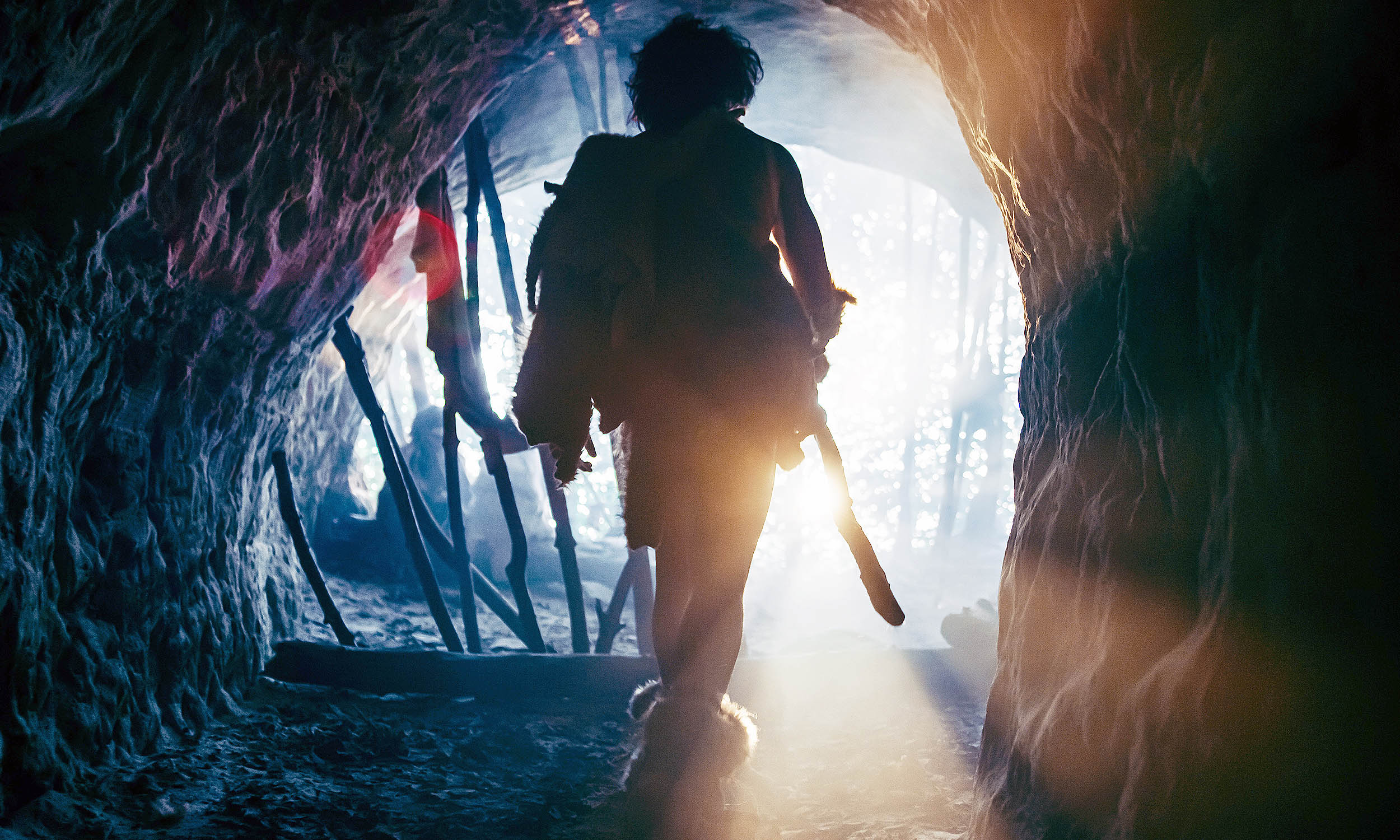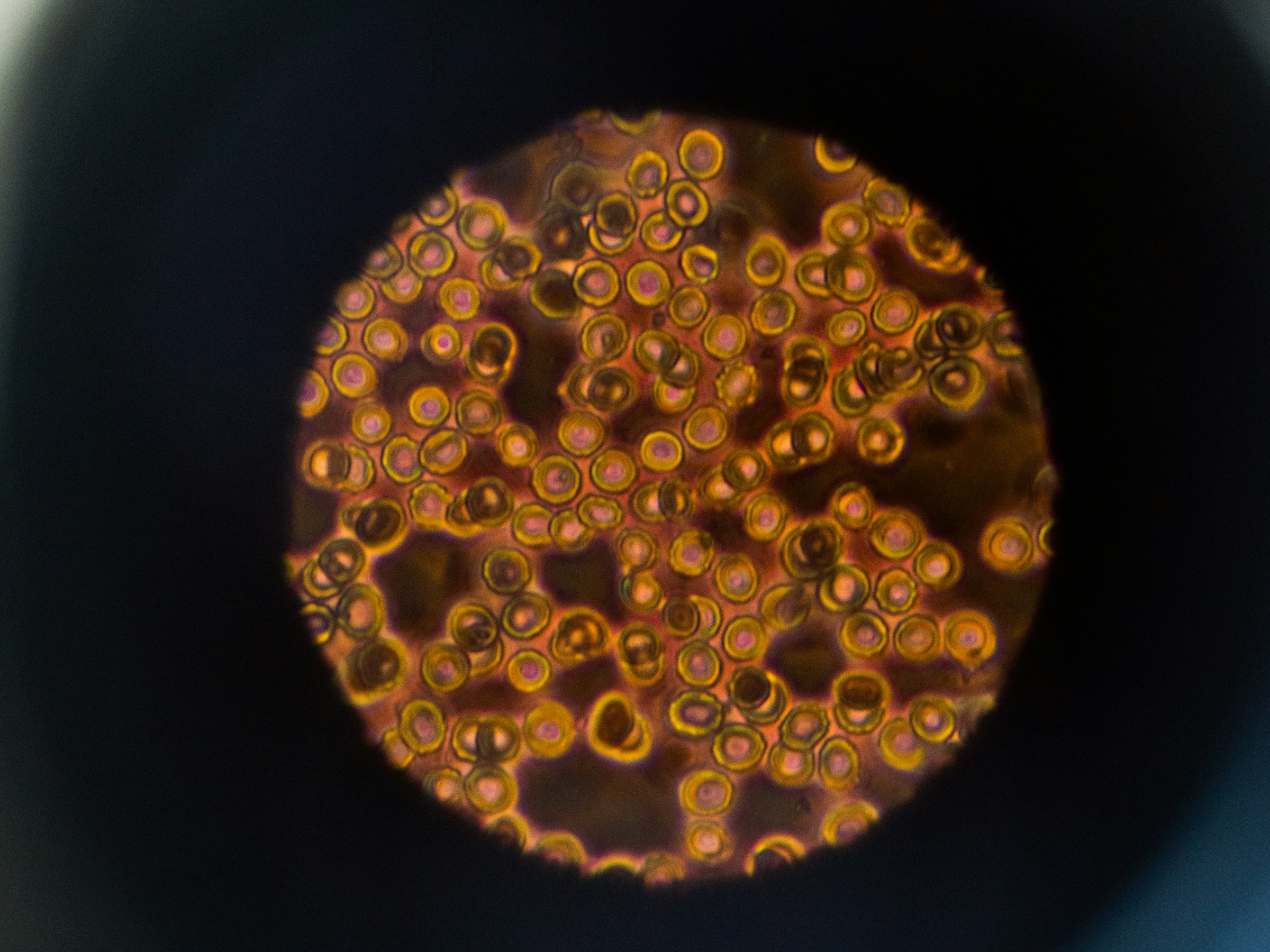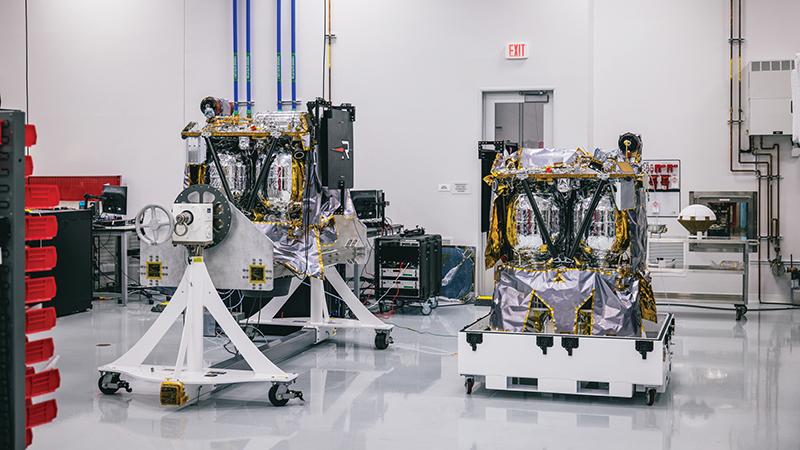Following a successful launch of NASA’s SpaceX 33rd commercial resupply mission, new scientific experiments and cargo for the agency are bound for the International Space Station.
The SpaceX Dragon spacecraft, carrying more than 5,000 pounds of supplies to the orbiting laboratory, lifted off at 2:45 a.m. EDT on Sunday (4:45 p.m. AEST, Sunday), on the company’s Falcon 9 rocket from Space Launch Complex 40 at Cape Canaveral Space Force Station in Florida.
“Commercial resupply missions to the International Space Station deliver science that helps prove technologies for Artemis lunar missions and beyond,” said acting NASA Administrator Sean Duffy. “This flight will test 3D printing metal parts and bioprinting tissue in microgravity – technology that could give astronauts tools and medical support on future Moon and Mars missions.”
Live coverage of the spacecraft’s arrival will begin at 8:00 p.m. AEST, Monday, Aug. 25.
The spacecraft is scheduled to dock autonomously at approximately 9:30 p.m. AEST to the forward port of the space station’s Harmony module.
In addition to food, supplies, and equipment for the crew, Dragon will deliver several experiments, including bone-forming stem cells for studying bone loss prevention and materials, to 3D print medical implants that could advance treatments for nerve damage on Earth. Dragon also will deliver bioprinted liver tissue to study blood vessel development in microgravity, as well as supplies to 3D print metal cubes in space.
These are just a sample of the hundreds of biology and biotechnology, physical sciences, Earth and space science investigations conducted aboard the orbiting laboratory. This research benefits people on Earth while laying the groundwork for other agency deep space missions. As part of NASA’s Artemis campaign, the agency will send astronauts to the Moon to prepare for future human exploration of Mars, inspiring the world through discovery in a new Golden Age of innovation and exploration.
During the mission, Dragon also will perform a reboost demonstration of station to maintain its current altitude. The hardware, located in the trunk of Dragon, contains an independent propellant system separate from the spacecraft to fuel two Draco engines using existing hardware and propellant system design. The boost kit will help sustain the orbiting lab’s altitude starting in September with a series of burns planned periodically throughout the fall of 2025. During NASA’s SpaceX 31st commercial resupply services mission on Nov. 8, 2024, the Dragon spacecraft performed its first demonstration of these capabilities.
The Dragon spacecraft is scheduled to remain at the space station until December, when it will depart the orbiting laboratory and return to Earth with research and cargo, splashing down off the coast of California.
Image: NASA’s SpaceX 33rd commercial resupply mission successfully launched to deliver supplies and science investigations to the International Space Station from Space Launch Complex 40 at Cape Canaveral Space Force Station in Florida on Aug. 24, 2025.
Credit: NASA
